

Today we’d like to introduce you to Lisa Barcy.
Lisa, let’s start with your story. We’d love to hear how you got started and how the journey has been so far.
I’m a native Chicagoan, and my background in fine arts is pretty all over the place. I think I ended up in animation since it felt like the ultimate interdisciplinary art form, encompassing just about everything from visuals to performance. I did my undergrad at SAIC where you don’t choose a major, so I was taking classes in sculpture, performance, filmmaking, etc. I felt like I had to eventually focus on something and stop-motion animation was this messy mix of everything. It’s the perfect art form for people who have media-commitment issues.
I freelanced for years before I began teaching and the fact that I could work in different media helped me survive and also pick up a lot of esoteric skills that I could adapt to animation. In between that I stage managed improv groups, performed occasionally, animated when I could, and made a lot of really bad art because I was trying to figure out what I should be doing for real, and this stew of disparate forms couldn’t possibly be it. One week I was working on cereal commercials and the next I’d be making puppets. Although as a person who likes to get their hands dirty during the art-making process, I had to come kicking and whining to the digital realm. I’m totally dependent on it now so I try to balance the two.
We’re always bombarded by how great it is to pursue your passion, etc – but we’ve spoken with enough people to know that it’s not always easy. Overall, would you say things have been easy for you?
The biggest struggle as an artist was making enough money to survive those dry spells, and also finding time to make work, but that’s par for the course. I never wanted to work for a big studio because I knew if I did I might not make my own work again. Freelancing could be brutal at times but I tried having a “normal” non-art related job once and I was pretty miserable. I am very fortunate to be teaching full-time at DePaul now.
Major life events have a tendency to get in the way of artmaking, too. The animated film I’m working on now requires long periods of physical stamina and long stretches of available time in order to get anything shot. When it was impossible to work on it I just made other kinds of art, like the collages or artist books, anything to stay working or I’d lose my mind. Next thing I knew I had a pile of 100 collages. There’s also something nice about finishing a project in say, a day, rather than every few years. I figure I can go about two weeks without making something before I get downright stabby. Maybe less. I’d probably put out films more often if I was able to work on one project at a time, but I float around, and the collage work or puppets always end up informing the animation.
We’d love to hear more about your business.
My films are primarily stop-motion, but I don’t tend to work with conventional materials. I like to alternate between experimental narratives and completely abstract, so much of my work looks like it’s made by different people. There are some common threads though, dirty secrets, escapism, and a general playfulness that comes from just messing around on the set. I use with found images or objects and my ideas tend to grow out of experimenting with them. My collage work started because I loved the silhouettes left over from making cut-out puppets. I try to waste as little as possible but I still feel like I throw away too much! I’m also fascinated by elements of the natural world, like patterns, evolutionary accidents and weird growth habits. A lot of mutant creatures evolve on the cutting mat and end up in my collages. I’m like Dr. Frankenstein, but with an X-acto blade and better ethics.
My films tend to be personal and comedic and not necessarily about environmental concerns but waste and the environment do influence how I work. Ephemeral Orphans, the film I’m working on now, is made with antique paper dolls I found in my grandmother’s attic that I scanned and made into puppets (the originals went into collages), and the sets were built out of foam board and insulation foam I rescued from the alley. I recently completed the music video Lull, for local musician Thomas Comerford using scenes and outtakes from the film. The best part about doing that was it allowed me to work out some story issues and play with editing as I make the final push to finish it.
I have worked with fabricated objects or puppets too, like the clay figures in the Andrew Bird video. For my film Mermaid I borrowed a technique I worked with for a Redmoon Theater production where the puppets were made from acetate and projected using overheard projectors. For that I did a modified version where I could shoot them backlit with some sand animation thrown in. But lately I’m more into the creative challenge that comes with re-appropriating found materials.
What were you like growing up?
Having been in Chicago for forever, I have a rich network of friends, former professors and collaborators in so many media. It reminds me of that old-school Chicago way of doing things, “You need this done? Cuz I know a guy.”, someone will say, but possibly for more nefarious reasons. In my case, it’s more like, “You need a composer, voice-over, costume designer, theremin player? Cuz I know a guy.” Creative environments are the best contagion. I tell students they have to find their creative community. As a student, it’s automatically there, but once you’re out you have to be very intentional about finding and maintaining it.
Contact Info:
- Website: www.lisabarcy.com
- Phone: 7738419067
- Email: lisabarcy@hotmail.com
- Instagram: https://www.instagram.com/lbarcy/
- Facebook: https://www.facebook.com/lbarcy
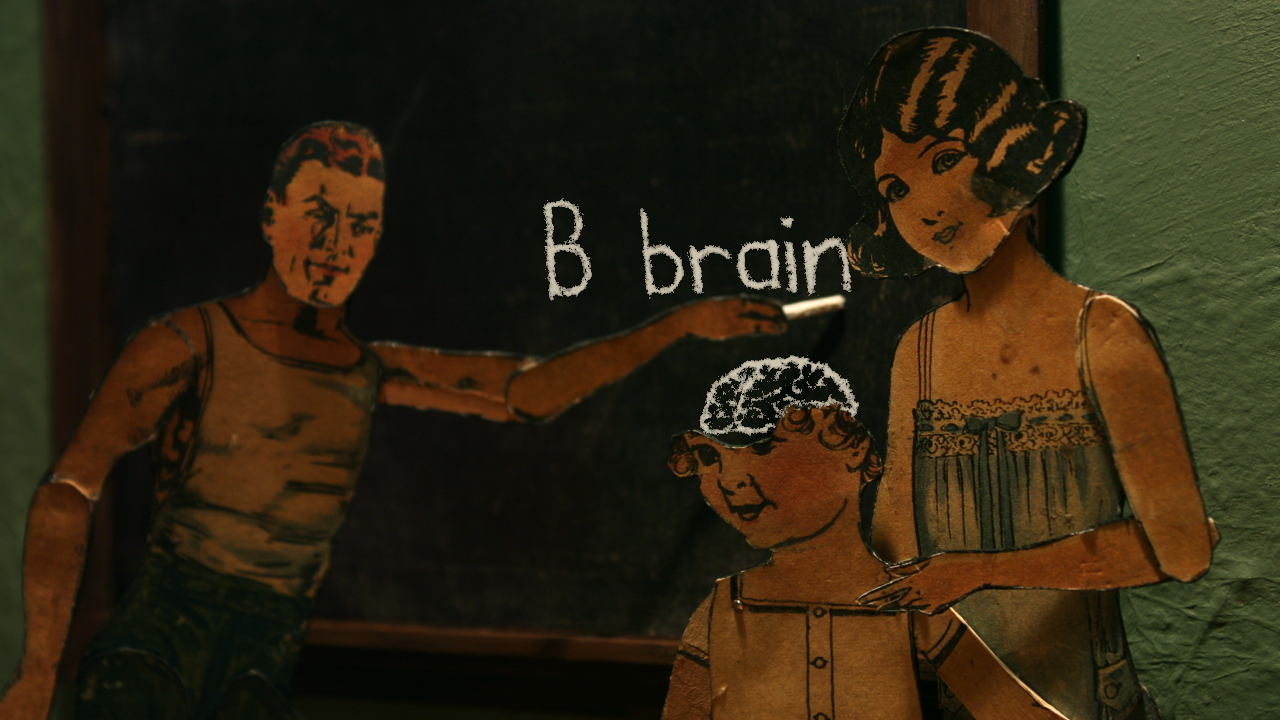
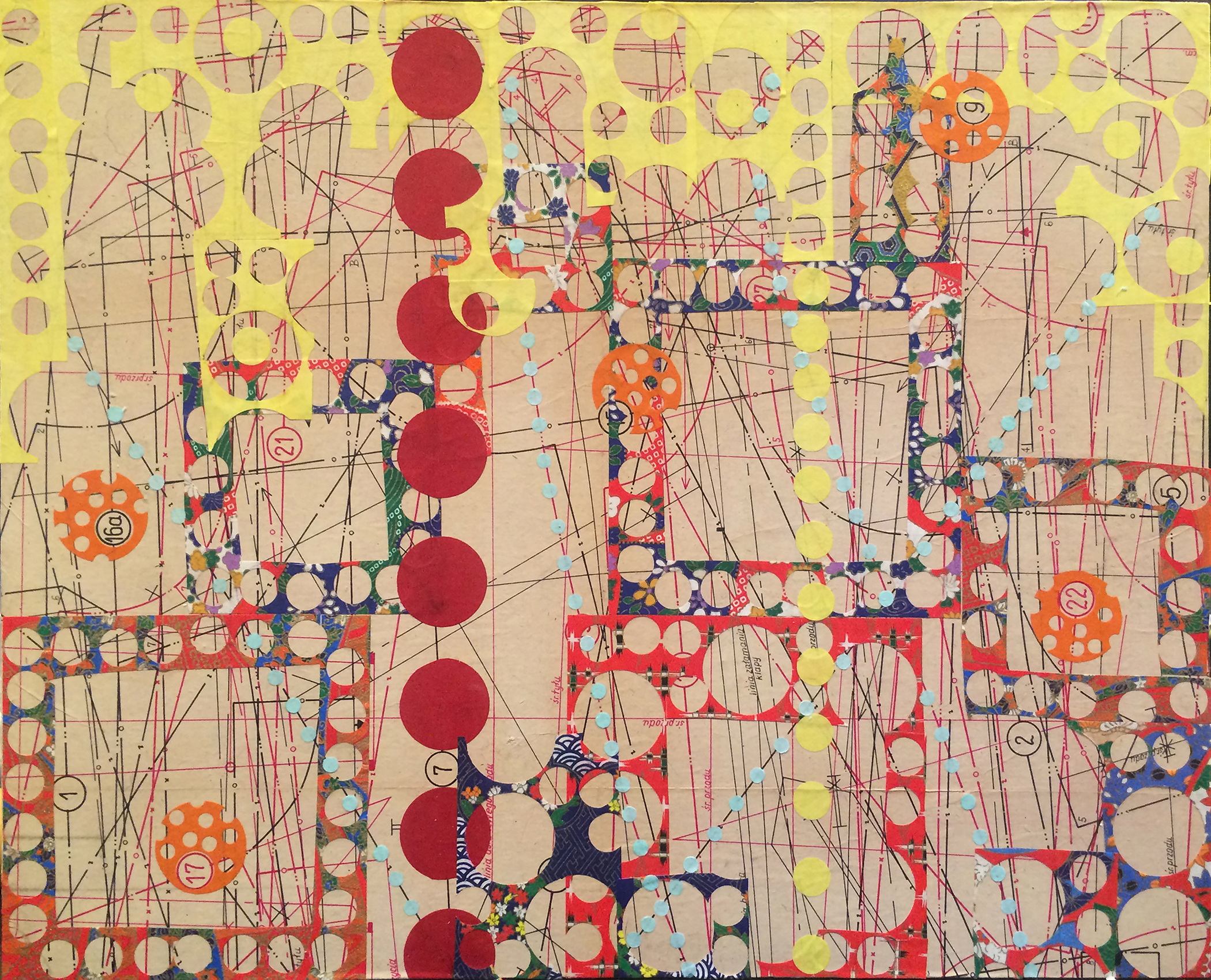
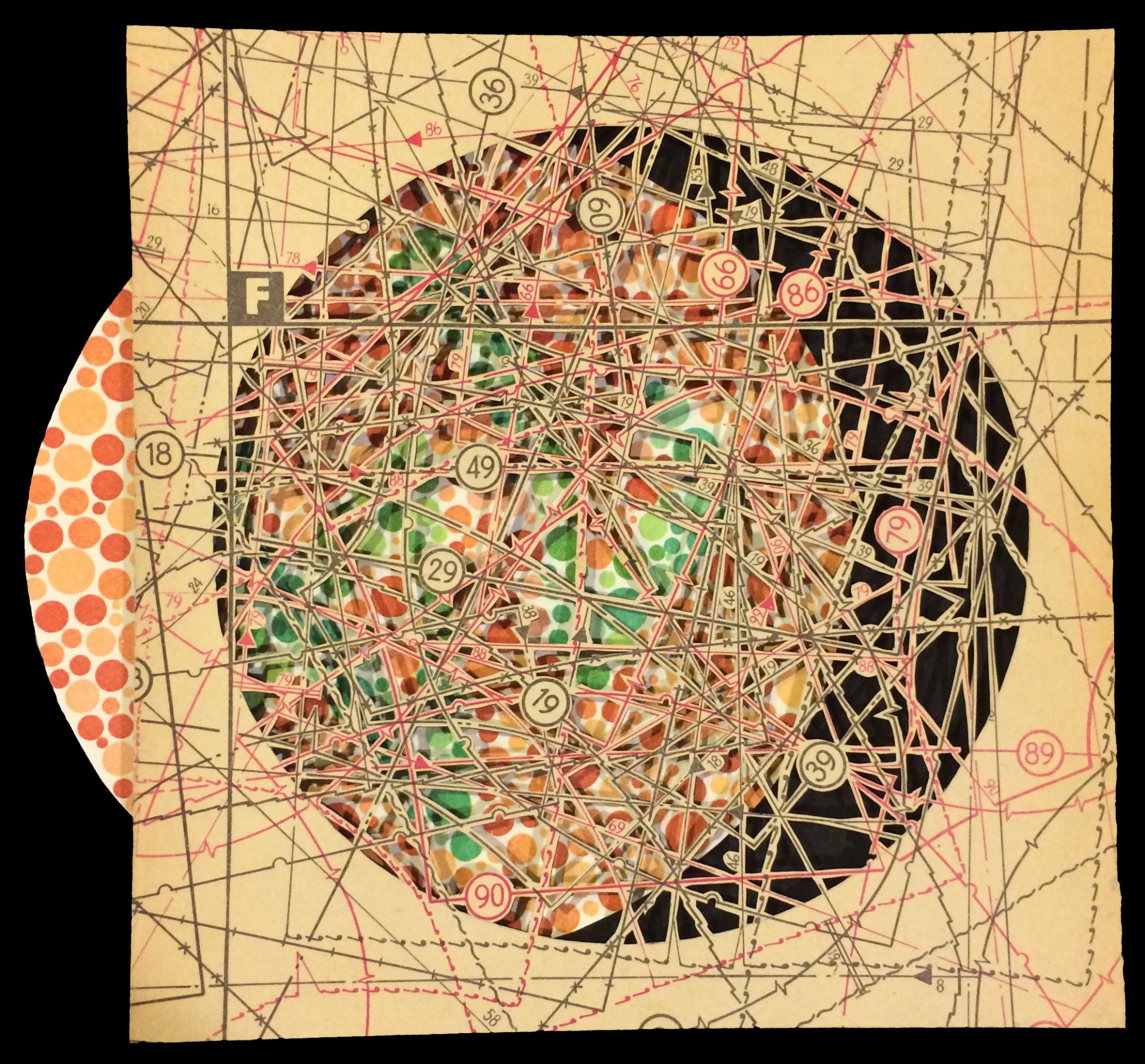
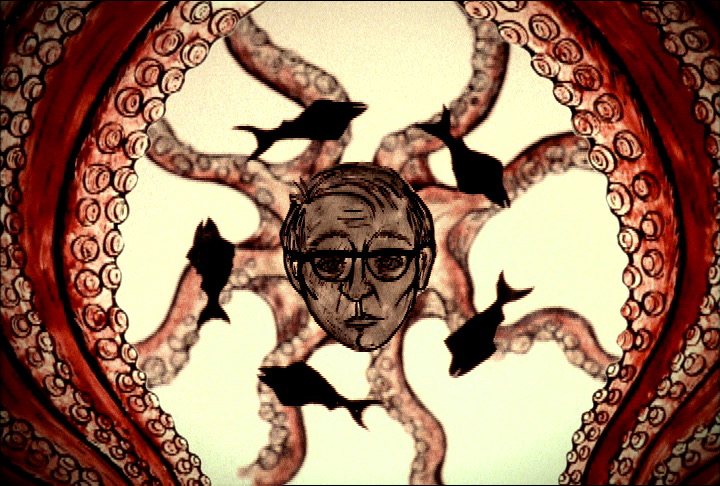
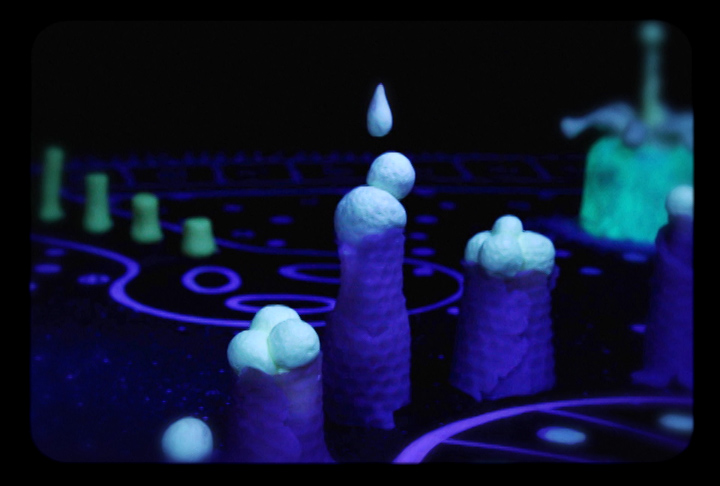
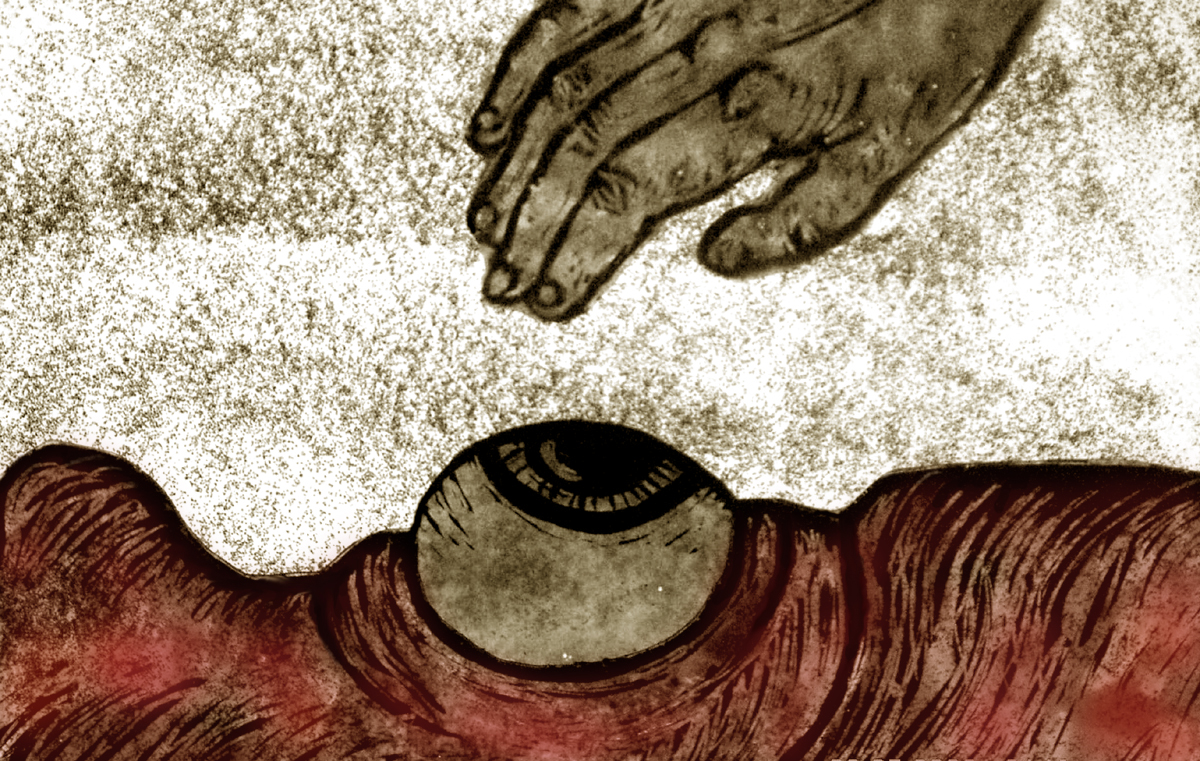
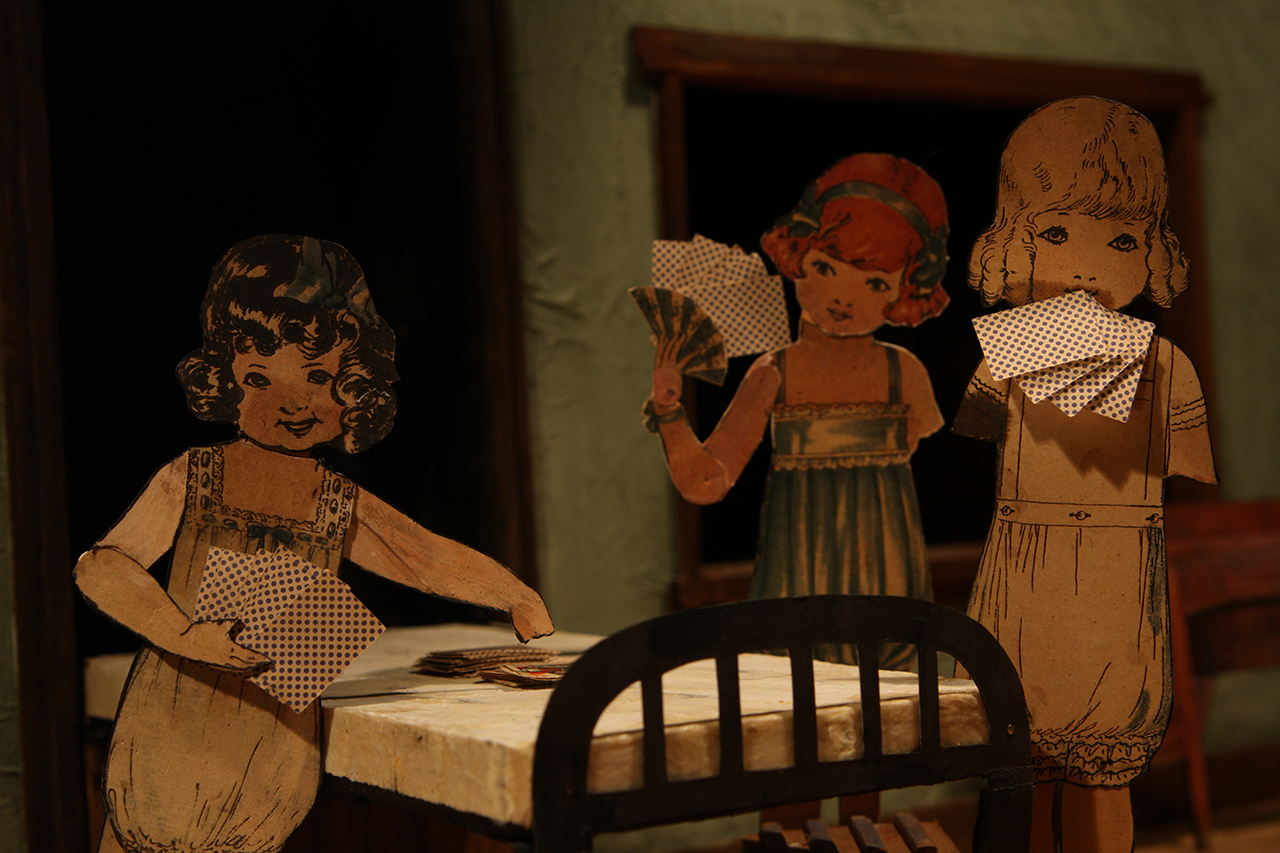
Getting in touch: VoyageChicago is built on recommendations from the community; it’s how we uncover hidden gems, so if you know someone who deserves recognition please let us know here.

















